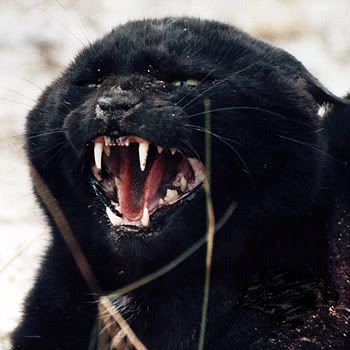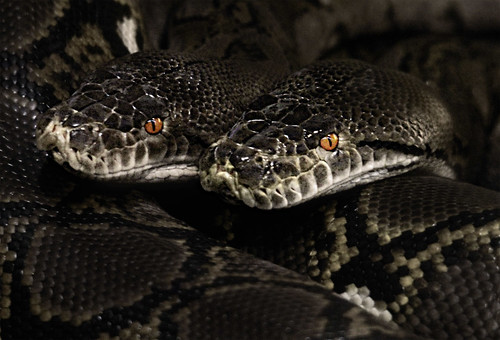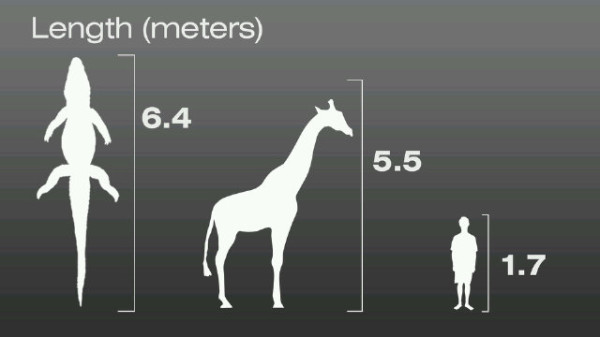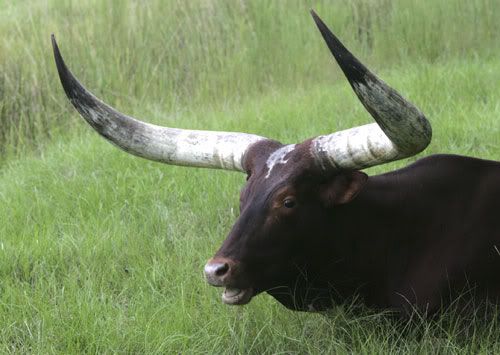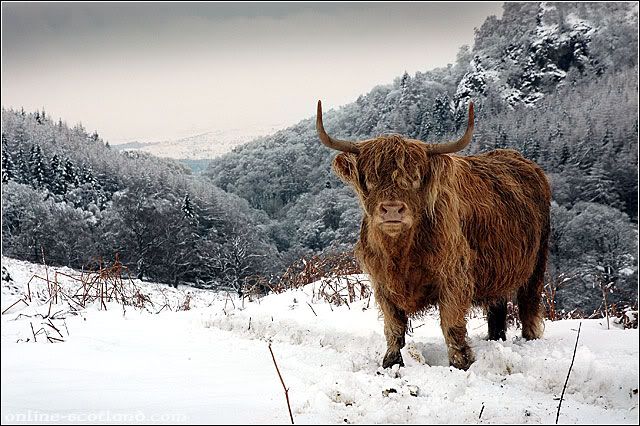Post by Canid Cetus Aves on Dec 25, 2011 11:44:04 GMT -5
American Bison

A bison has a shaggy, long, dark brown winter coat, and a lighter weight, lighter brown summer coat. As is typical in ungulates, the male bison are slightly larger than the female. Plains bison are often in the smaller range of sizes, and Wood bison in the larger range. Head-and-body length ranges from 2 to 3.5 m (6.6 to 11.5 ft) long, the tail adding 30 to 91 cm (12 to 36 in). Shoulder height in the species can range from 152 to 186 cm (60 to 73 in). Typical weigh can range from 318 to 1,000 kg (700 to 2,200 lb). The heaviest wild bull ever recorded weighed 1,270 kg (2,800 lb). When raised in captivity and farmed for meat, the bison can grow unnaturally heavy and the largest semi-domestic bison weighed 1,724 kg (3,800 lb). The heads and forequarters are massive, and both sexes have short, curved horns that can grow up to 2 feet (61 cm) long, which they use in fighting for status within the herd and for defense.
Cape Buffalo
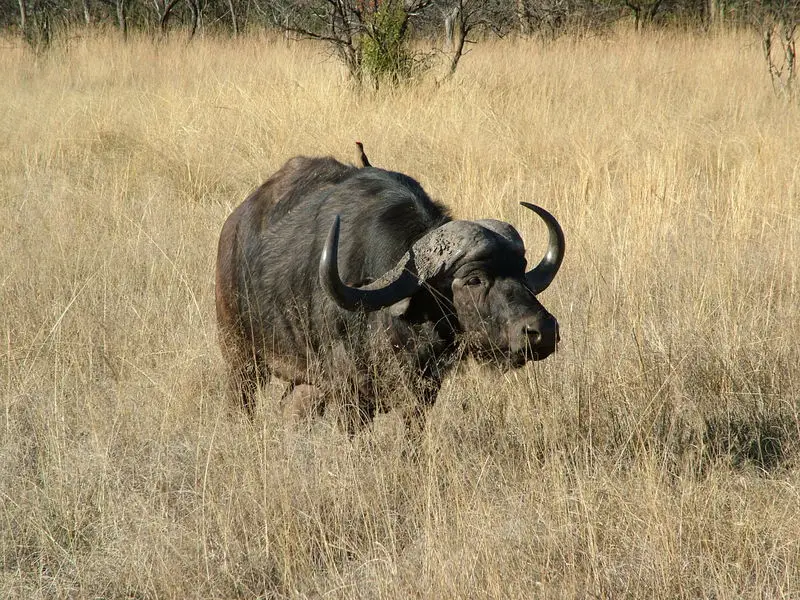
The Cape buffalo is a very robust species. Its shoulder height can range from 1 to 1.7 m (3.3 to 5.6 ft) and its head-and-body length can range from 1.7 to 3.4 m (5.6 to 11 ft). The tail can range from 70 to 110 cm (28 to 43 in) long. Savannah type buffaloes weigh 500 to 910 kg (1,100 to 2,000 lb), with males, normally larger than females, reaching the upper weight range. A record-sized savannah-type male weighed 1,000 kg (2,200 lb). Forest type buffaloes, at 250 to 455 kg (550 to 1,000 lb), are only half that size. Its head is carried low, its top located below the backline. The front hooves of the buffalo are wider than the rear, which is associated with the need to support the weight of the front part of the body, which is more powerful than the back.
Here it is!

A bison has a shaggy, long, dark brown winter coat, and a lighter weight, lighter brown summer coat. As is typical in ungulates, the male bison are slightly larger than the female. Plains bison are often in the smaller range of sizes, and Wood bison in the larger range. Head-and-body length ranges from 2 to 3.5 m (6.6 to 11.5 ft) long, the tail adding 30 to 91 cm (12 to 36 in). Shoulder height in the species can range from 152 to 186 cm (60 to 73 in). Typical weigh can range from 318 to 1,000 kg (700 to 2,200 lb). The heaviest wild bull ever recorded weighed 1,270 kg (2,800 lb). When raised in captivity and farmed for meat, the bison can grow unnaturally heavy and the largest semi-domestic bison weighed 1,724 kg (3,800 lb). The heads and forequarters are massive, and both sexes have short, curved horns that can grow up to 2 feet (61 cm) long, which they use in fighting for status within the herd and for defense.
Cape Buffalo
The Cape buffalo is a very robust species. Its shoulder height can range from 1 to 1.7 m (3.3 to 5.6 ft) and its head-and-body length can range from 1.7 to 3.4 m (5.6 to 11 ft). The tail can range from 70 to 110 cm (28 to 43 in) long. Savannah type buffaloes weigh 500 to 910 kg (1,100 to 2,000 lb), with males, normally larger than females, reaching the upper weight range. A record-sized savannah-type male weighed 1,000 kg (2,200 lb). Forest type buffaloes, at 250 to 455 kg (550 to 1,000 lb), are only half that size. Its head is carried low, its top located below the backline. The front hooves of the buffalo are wider than the rear, which is associated with the need to support the weight of the front part of the body, which is more powerful than the back.
Here it is!


